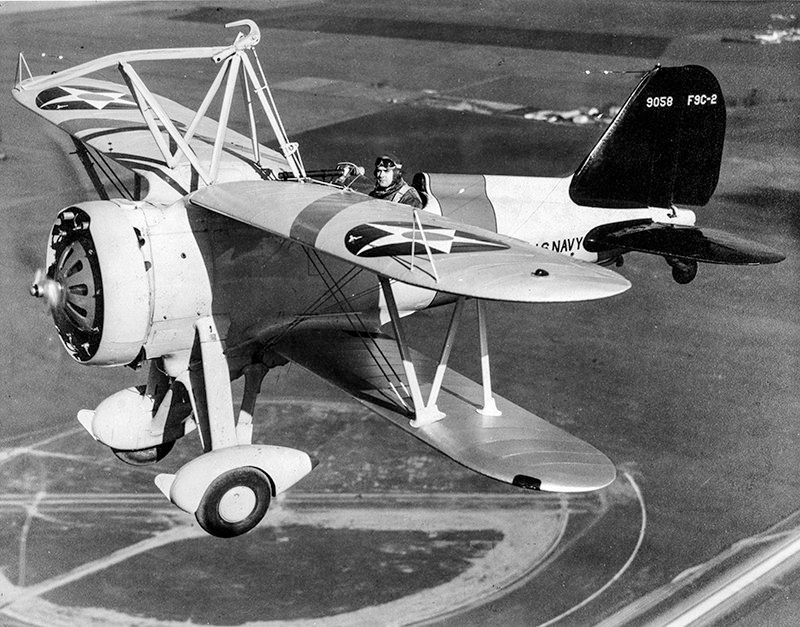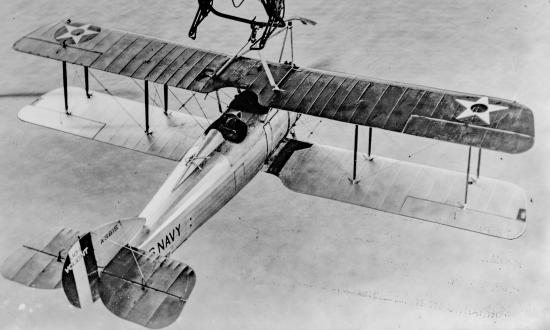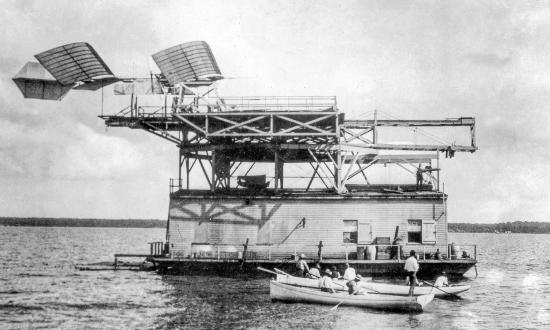
Following graduation from the Naval Academy in 1924, Rear Admiral Harold B. Miller, U.S. Navy (Retired) spent two years in the crew of the battleship USS California (BB-44) before going to flight training. As an aviator, he initially was in the battleship USS West Virginia (BB-48) and carrier USS Langley (CV-1). He served as a scout plane pilot from the Navy’s last two rigid airships, the USS Akron (ZRS-4) and Macon (ZRS-5). His memoir includes a description of the Macon’s loss in 1935. After floatplane duty in cruisers, Miller served with Patrol Squadron 16 in Alaska and commanded Patrol Squadron Five in Panama. He subsequently was on the staff of Rear Admiral Arthur Bristol, Commander Support Force, Atlantic Fleet. In 1942–43 Miller headed the Training Literature section of the Bureau of Aeronautics, commanding a talented group of artists, writers, and photographers. After a stint as naval attaché in London, he headed the public relations staff of Admiral Chester Nimitz in the Pacific in 1944–45, then was spot-promoted to rear admiral to serve as the Director of Public Information for the entire Navy. After retirement in 1946, Miller served in public relations capacities for TWA, the American Petroleum Institute, Pan American, and Hofstra University.





